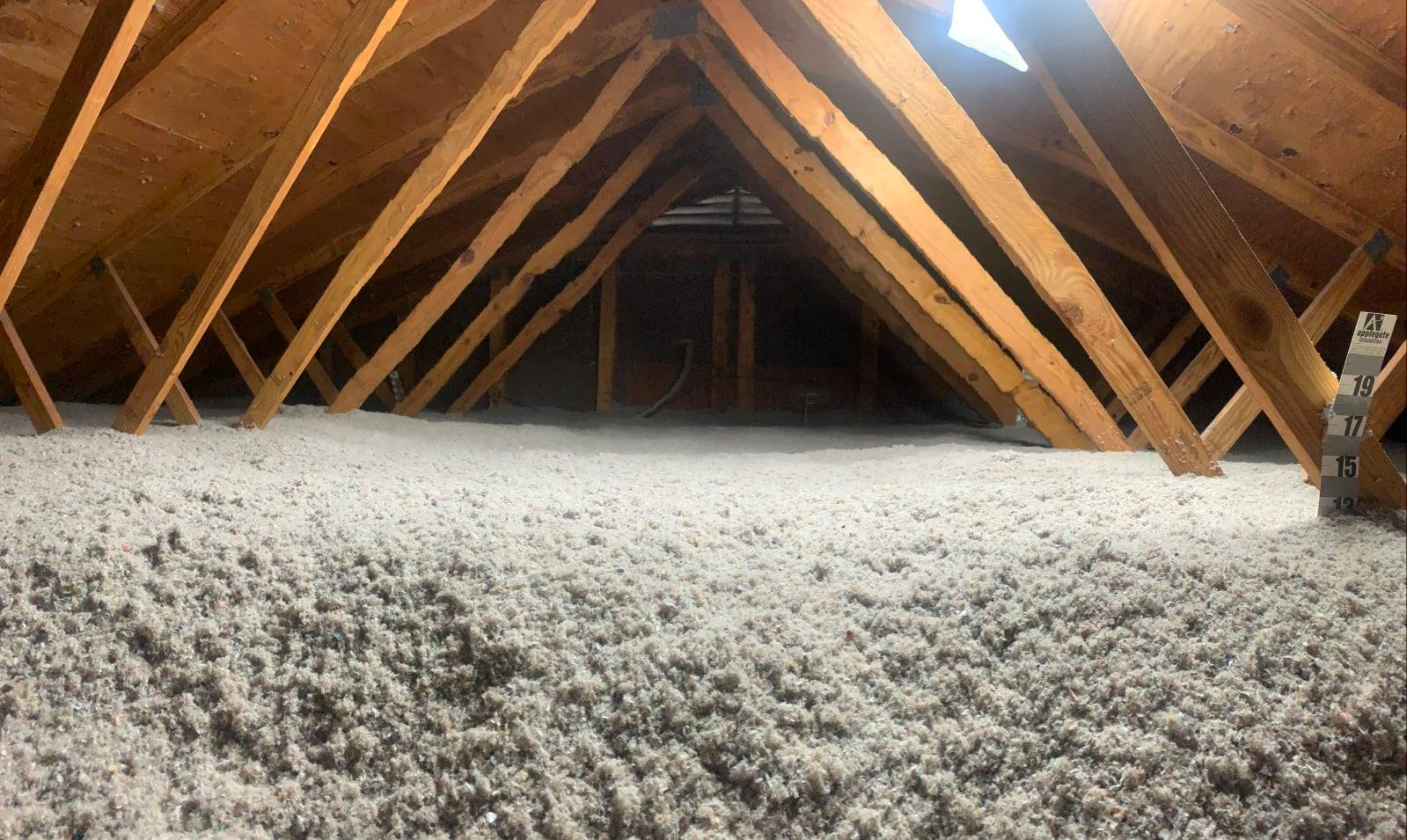
As energy prices fluctuate and winters in regions like Alaska remain long and harsh, homeowners are revisiting one often-overlooked aspect of home efficiency: attic insulation. Inadequate insulation leads to steady heat loss, forcing heating systems to work harder and use more energy. A properly insulated attic helps maintain indoor temperature, which reduces the load on heating equipment and lowers monthly utility bills.
Whether you’re in Anchorage or a rural property in the Mat-Su Valley, the impact of insulation is measurable. Homeowners are saving hundreds annually just by updating this single area.
Heat naturally moves from warmer to cooler spaces. During winter, warm indoor air rises and escapes through the attic if there isn’t a thermal barrier. This loss creates a continuous cycle of reheating, which drains energy and raises costs.
Attic insulation acts as a barrier that slows this heat transfer. Without it, heating systems must compensate for the constant loss, which leads to increased fuel consumption, equipment wear, and inconsistent temperatures throughout the home.
Different insulation materials offer varied benefits. The key is selecting one that suits your home’s age, design, and climate.
For extreme climates like Alaska’s, spray foam offers superior air sealing and thermal performance. It’s particularly effective in attics where ventilation and vapor barriers matter.
Attic insulation isn’t just about laying material between joists. It involves identifying and sealing all potential escape points:
Comprehensive sealing paired with consistent insulation coverage improves performance and extends heating system lifespan.
R-Value measures insulation’s resistance to heat flow. Higher values mean better performance. For colder climates, an attic should typically have insulation rated between R-49 to R-60.
In 2025, updated building codes and energy-efficiency programs encourage meeting or exceeding these levels, especially in regions with long heating seasons. Materials like closed-cell spray foam offer high R-values in thinner layers, which is beneficial in tight or irregular attic spaces.
Proper insulation works best with effective air sealing. Gaps around ducts, wiring holes, and ceiling joists let warm air escape and allow cold air to enter. Air movement reduces the effectiveness of even the best insulation.
In older homes, these leaks are more common. Thermal imaging tools can help identify problem areas that aren’t visible to the naked eye.
The upfront cost of insulation often pays for itself within a few years. Depending on material choice and square footage, homeowners in colder climates can see:
Energy audits provide personalized estimates, highlighting savings opportunities specific to your home’s layout and current insulation levels.
DIY insulation is possible in simple attic layouts using batts or loose-fill materials. But for older homes, angled roofs, or complex layouts, hiring professionals ensures thorough coverage and sealing.
Professionals assess moisture risks, ventilation needs, and vapor barrier placement—all of which influence long-term performance. Improper installation leads to mold, air leaks, or reduced insulation effectiveness.
In Alaska, freeze-thaw cycles, snow load, and limited daylight affect attic performance. Homes with poorly sealed attics may see ice dams, condensation issues, or cold spots inside. These aren’t just comfort issues—they’re signs of wasted energy.
Attic insulation adapted to local climate patterns is more effective. Spray foam remains a consistent choice in this region, offering protection against moisture and temperature shifts.
Proper insulation doesn’t just trap heat—it helps manage air exchange. In poorly insulated homes, drafts can carry pollutants and allergens into living spaces.
Materials like closed-cell foam help improve air quality by sealing out particulates, pollen, and moisture that contribute to mold growth or respiratory irritation.
Whether you’re updating an older home or building new, an insulation professional should provide:
For those in Alaska, Turnagain Spray Foam brings local knowledge and proven experience in extreme climate insulation.
Energy efficiency isn’t just about lower bills—it’s about comfort, safety, and long-term value. Proper attic insulation remains one of the most effective ways to reduce heating costs in 2025 and beyond.
To find out what insulation solution is right for your home, connect with Turnagain Spray Foam by calling (907) 444-1827 or emailing turnagainsprayfoam@gmail.com.
Costs range from $1.50 to $5.00 per square foot depending on the material and attic design. Spray foam is higher upfront but provides stronger performance.
R-49 to R-60 is recommended. Closed-cell spray foam offers high R-values in less space.
When properly installed, it can last 30 years or more without losing performance.
Yes, for basic layouts using batt or loose-fill insulation. Professional help is better for complex attics or when sealing is needed.
Yes. Once cured, spray foam is non-toxic and provides excellent air sealing.
It helps reduce ice dams by keeping attic temperatures more consistent. Proper ventilation is also important.
Yes. It reduces heat gain, keeping upper floors cooler and reducing cooling costs.
Closed-cell spray foam performs well against cold, moisture, and wind.
Signs include high energy bills, uneven temperatures, visible joists, or drafty rooms.
In many cases, yes. Especially if the old material is wet, moldy, or improperly installed.